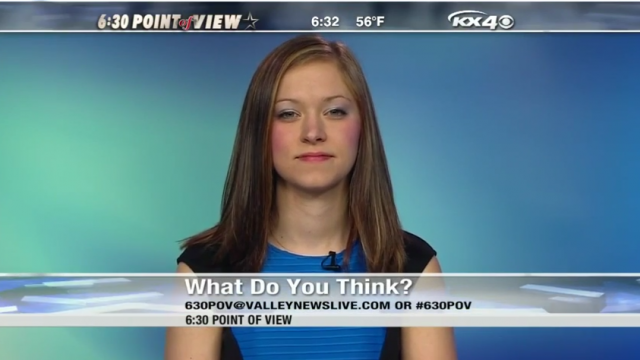Can North Dakota Democrats Win By Focusing On The Legislature?

Earlier this year I had a conversation with one of my Democrat friends, and he told me his party’s focus in the 2016 election cycle was going to be the Legislature. The newly-elected chairwoman of the North Dakota Democrats, state Rep. Kylie Oversen, also said recently in a Forum Communications profile that she intends to focus on legislative races.
Democrats made much of their legislative gains in 2014, even though they only netted a one-seat pick up. Still, they knocked off incumbent Senator Margaret Sitte in Bismarck and incumbent Rep. Bette Grande in Fargo, and those wins were particularly sweet for the liberals in a symbolic sort of way as both women were outspoken social conservatives.
Now Democrats think they can build on that miniscule progress in 2016 with more legislative pickups. I thought that was a smart move, though I’m dubious as to how much traction they’ll get. But writing today in the Grand Forks Herald Mike Jacobs argues the Democrats are misguided and makes a compelling case.
“The Legislature isn’t a very good path to power in the state,” writes Jacobs. “Sure, legislators make the laws, but these are implemented by elected and appointed executives.”
Go read his entire column because he really does make a good argument, and he has me rethinking my previous opinion about the Democrat tactics for this cycle. I’ll even add a point Jacobs left out.
Forget the statewide offices. Historically, Democrats haven’t done a very good job of electing people to the Legislature either.
Recently history illustrates that. The Democrats haven’t had a majority in the state Senate since 1995, or a majority in the state House since 1984. But ancient history illustrates it even better.
[mks_pullquote align=”right” width=”300″ size=”24″ bg_color=”#000000″ txt_color=”#ffffff”]Since North Dakota gained statehood in 1889 Democrats have controlled the state House for a grand total of just four years, and the state Senate for just ten years.[/mks_pullquote]
Since North Dakota gained statehood in 1889 Democrats have controlled the state House for a grand total of just four years, and the state Senate for just ten years. Of course, partisan definitions get a little fuzzy in North Dakota’s often turbulent political history. Maybe you could give the leftists credit for more years if you count those times when the Nonpartisan League (currently a part of the North Dakota Democrat party) was affiliated with the Republicans.
If you do, you can say that left-wing interests held the state House for a total of 12 years, and the Senate for 14 years.
Even with those expanded definitions, you’re talking about Democrats/leftists having control of House for just 9.5 percent of the time, and the Senate just 11 percent of the time, since statehood.
Can Kylie Oversen – first-term lawmaker, law student, and thin-skinned identity politics pick for chair of her party – reverse that 126 year trend?
That seems unlikely.
But, in defense of the Democrats, what else can they do? In fact, that was the justification I heard from my Democrat friends when they told me about Oversen becoming party chair and the intent to focus on the Legislature. “It’s not like anything else has worked,” they told me.
Even if they wanted to focus on the statewide, executive branch offices they have few qualified candidates with which to do so. They were routed on the statewide ballot in 2014. Their two top vote getters – one former lawmaker in Ryan Taylor, one current lawmaker in George Sinner – topped out at 43 percent and 38 percent of the vote, respectively. The rest of their statewide candidates did even worse.
No Democrat not named Heidi Heitkamp has won on the statewide ballot in North Dakota since Earl Pomeroy was last elected to the U.S. House in 2008, the better part of a decade ago. It’s no wonder why Heidi Heitkamp has been rumored to want a shot at running for Governor in 2016. She’s the only active Democrat in North Dakota with any real history of winning on the statewide ballot (for what it’s worth I don’t think she’s running).
So it may behoove the liberals to play the long game. Recruit candidates for the Legislature and, assuming some of those candidate are successful, recruit from among them for statewide offices.
That might have pay off for the Democrats over the course of a few election cycles. Or maybe history will continue to unfold in North Dakota as it always has with liberals and progressives generally marginalized.




